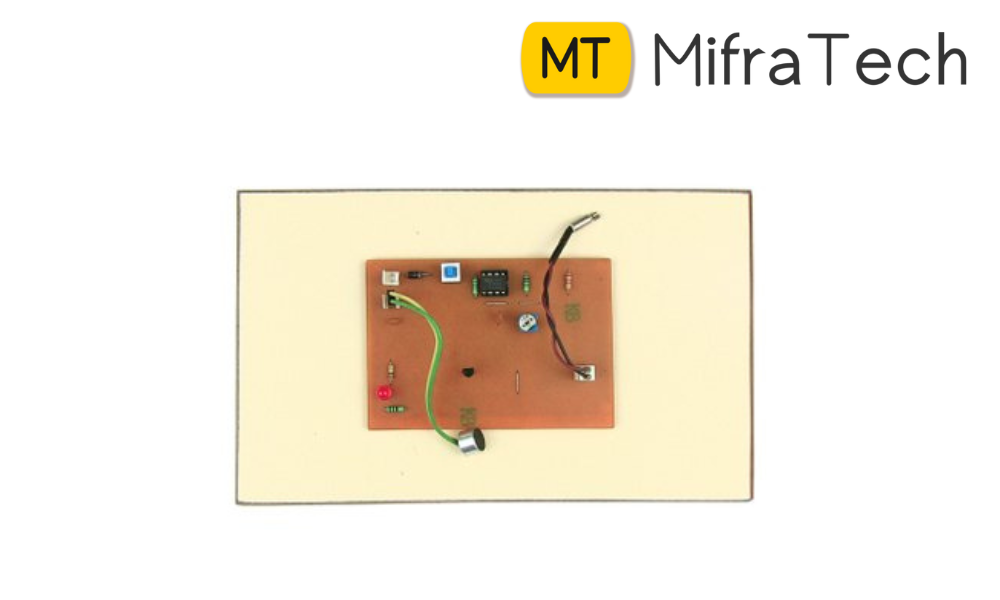
Vibration alert system for the deaf
This paper presents the prototype of an electronic vibration bracelet designed to help the visually and hearing impaired to receive and send emergency alerts. The bracelet has two basic functions. The first function is to receive a wireless signal and respond with a vibration to alert the user. The second function is implemented by pushing one button of the bracelet to send an emergency signal. We report testing on a prototype system formed by a mobile application and two bracelets. The bracelets and the application form a complete system intended to be used in retirement apartment communities. However, the system is flexible and could be expanded to add new features or to serve as a research platform for gait analysis and location services. The medical and professional potential of the proposed system is that it offers a simple, modular, and cost-effective alternative to all the existing medical devices with similar functionality currently on the market. The proposed system has an educational potential as well: it can be used as a starting point for capstone projects and demonstration purposes in schools to attract students to STEM disciplines.
Introduction
According to the World Health Organization (WHO), one third of people older than 65 suffer from a disabling hearing loss . According to the reported statistics, there are 466 million people suffering from disabling hearing loss and this number is expected to increase to over 900 million by the year 2050. In this context, care giving for people suffering from visual and/or hearing impairment is very important and a growing challenge. There are several commercial products and solutions to the problem of effectively alerting people with visual/hearing impairment of potentially dangerous situations. One such example is GoSafe 2 from Philips . This is a pendant device that the user needs to wear around the neck. It is simple, user friendly, and it features fall detection capabilities, advanced locating technologies, and two-way voice communication. The pendant has one button that can be used to send a distress signal. The main drawback of this solution is that it cannot effectively notify the wearer (who may have a visual/hearing impairment) of potential life-threatening dangers. For example, in the case of a building-wide fire alarm, it is not clear how people with visual/hearing impairment could be notified effectively via the GoSafe 2 device. In addition, this product uses a subscription model with initial activation and monthly fees that can become costly when desired to deploy on a large scale. Many existing hearing-impaired alert devices include a desktop base station with peripheral devices that will alert the user of certain events such as a fire alarm or a doorbell . Devices like the Central Alert System Receiver and Clock and the Clarity Alertmaster AL10 Alert Device resemble an alarm clock with connected devices that are used to alert the user. The downside of these systems is that most of them are effective and limited to the location of the actual devices. Other solutions, such as the Bellman Visit Alert System, may use a pager-like device that the user needs to carry that will vibrate when one of the alerts is activated. These systems are mostly designed for consumer home use and they require additional purchases to add functionality to the system, such as smoke or carbon monoxide detectors, which add to the initial cost of the system.